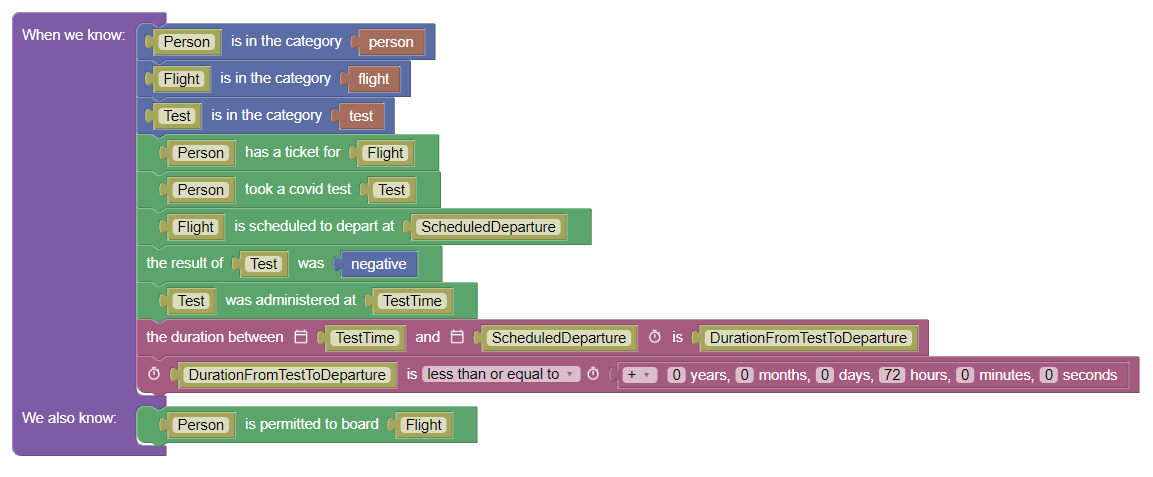🧰 Moldable Live Programming 🎙 Programming as Theory Building 🐢 Homoiconic Spreadsheets ✍️ Solving Problems with Fuzzy Constraints
Our Work
📝 Webassembly Woes via Nicholas Yang
A draft about my woes dealing with compiling a Rust + C codebase to WebAssembly







[x] Change Month and Week Number
[x] focWeekExport "2023-01-19" "2023-01-26"
[x] Update Search Index
[x] Download New Attachments
[x] Update links
[x] Check that comment links work (push weekly dump with channel summaries)
[x] Check to mention right person for moved messages
[x] Summary
[ ] Hashtags
[x] Set title in newsletter
https://tinyletter.com/
https://tinyletter.com/marianoguerra/letters/
http://localhost:8000/history/
https://marianoguerra.github.io/future-of-coding-weekly/
https://stackedit.io/app#